Westborough State Hospital was originally called Westborough Insane Hospital, this striking building once covered 600 acres to the north of Massachusetts Route 9.
It was the first homeopathic hospital for the insane in New England. The name was changed to Westborough State Hospital in 1907, to avoid the negative connotations associated with the words “insane” and “asylum.”

Before the hospital was established in 1884, the grounds belonged to State Reform School for Boys. The school had been an experiment to see if juvenile offenders could be rehabilitated using manual labor, moral schooling, and religious instructions. However, an inquiry revealed that children suffered cruel and unusual treatment at this school.
As a result, the legislature deemed the experiment a failure and repurposed the land to relieve some of the overcrowded mental institutions in the state. This spot in Westborough was an ideal location since some of the existing buildings could be used by the hospital and the hill-top location with scenic views was considered beneficial to the patients.

George Clough, a former City Architect of Boston, was engaged to turn buildings designed to house 400-500 boys into a hospital. Construction work took place between 1885 and 1886.
Some buildings were demolished to make way for new, airier structures. Several wards, a chapel, a dining room, and administrative buildings were added to existing buildings.

The Westborough Hospital opened on December 1, 1886, taking in 204 patients. It boasted manicured lawns, playing fields for the patients, and thick doors to keep the drafts out. The institution also offered staff accommodation and a Paying Patient Ward.
There was an element of self-sufficiency to the institution, with patients making their own clothing, growing food to be used in the hospital kitchen, and doing laundry and other household tasks themselves.

The minds behind the project wanted the focus of the Westborough Hospital to remain on treating and curing those with mental problems. As a result, a separate building for “incurable” patients was built on the grounds so that they could be cared for without jeopardizing the treatment of those patients who had a chance of recovery.
The first superintendent of the hospital was Dr. N. Emmons Paine who strongly favored a homeopathic approach. Consequently, available treatments included massage, enforced bed rest, and hydrotherapy, as well as manual labor and exercise. However, the patients were still given hypnotic and sedative drugs.

By the end of WWII, the number of patients had reached 1,700, although the hospital’s maximum capacity was around 1,300. It didn’t help that many of the staff went to assist in the war effort when WWII began.
A report in 1953 indicated that the number of patients had grown to around 2,000, and staff struggled to care for such a large number of patients.

In the 1990s, Solomon Carter Fuller worked there. He was a prominent African-American psychologist and conducted ground-breaking research into Alzheimer’s disease while he was at Westborough. In 1994, the building was entered into the National Register of Historic Places.
Changes in medicine and advances in mental health treatments between the 1950s and 1970s meant that the patient numbers began to fall. By 2005, there were only about 200 patients at Westborough Hospital. This number was far too low to justify keeping open a 600-acre property.

In the end, the hospital closed in 2010 to make way for the Worcester State Hospital, which opened two years later. The closure meant the loss of units for the deaf, adolescents, and an Intensive Residential Treatment Program.
The land was soon swallowed by nature and the buildings began to decay. The site became popular with urban explorers who detailed broken windows, collapsing walls, sagging floors, and a barbed-wire perimeter fence.

The site became a wasteland, and the furniture left behind in the buildings began to rot as the interior became exposed to the elements. Early explorers noted that there were files and medical notecards scattered around the buildings, detailing treatments and patient histories.
During its period of operation, more than 500 patients passed away within the walls of the hospital without their remains being claimed by relatives. Their bodies were buried in unmarked graves in a potter’s field. A memorial service was held for them in May 2015.

Despite its place on the register, the hospital buildings were demolished in 2019, and a senior living complex was built in its place.
These beautiful photographs of the abandoned hospital were provided by the blog Vacant New Jersey. You should definitely check more of their work at VacantNewJersey.com where you can find photographs and accompanying words.






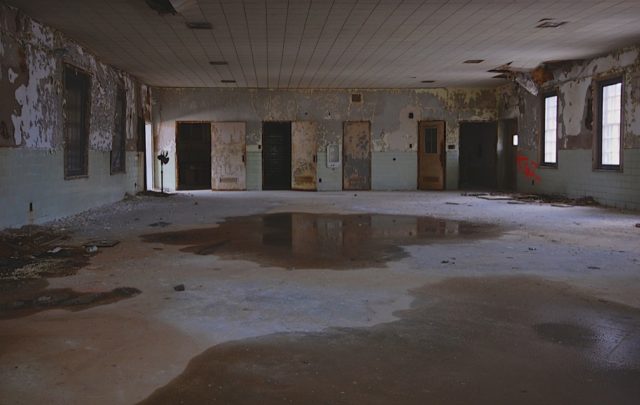
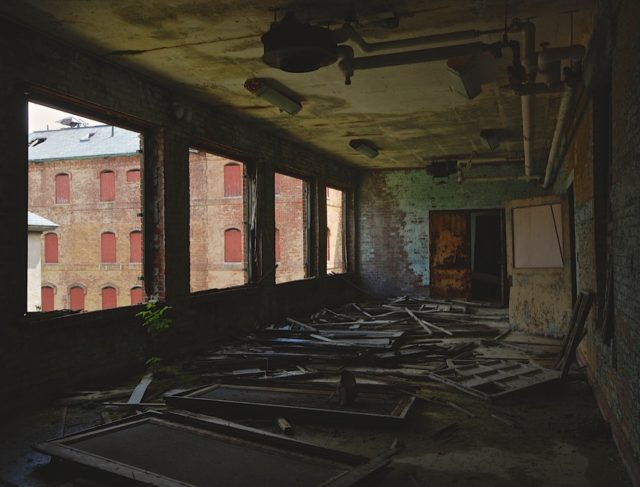
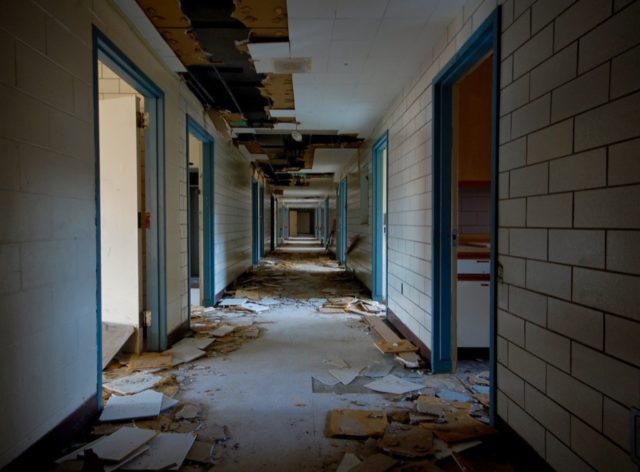




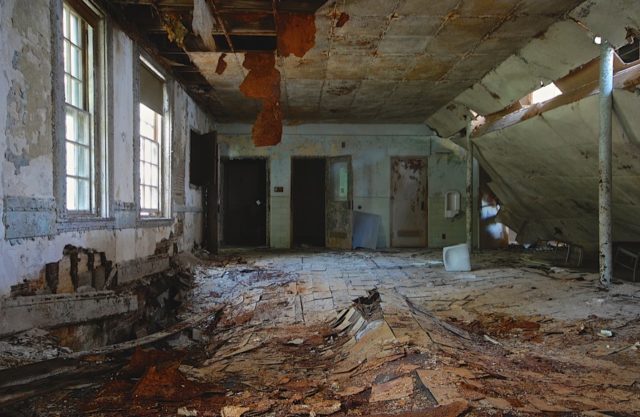






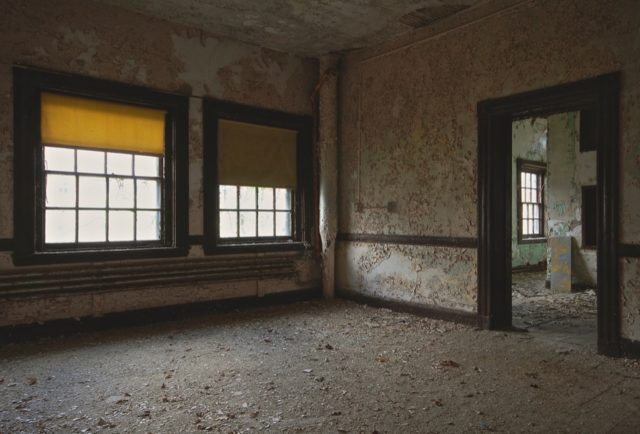












Another Article From Us: Beautiful Abandoned Adria Palace in Budapest



